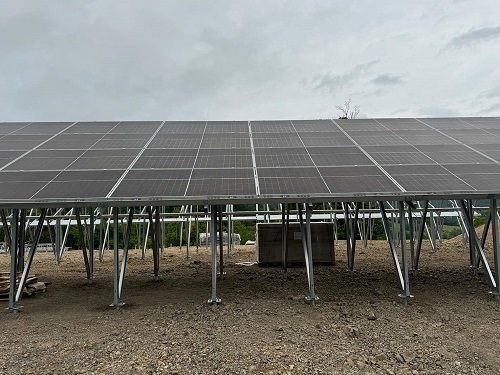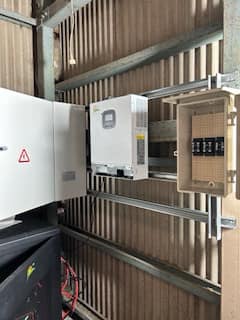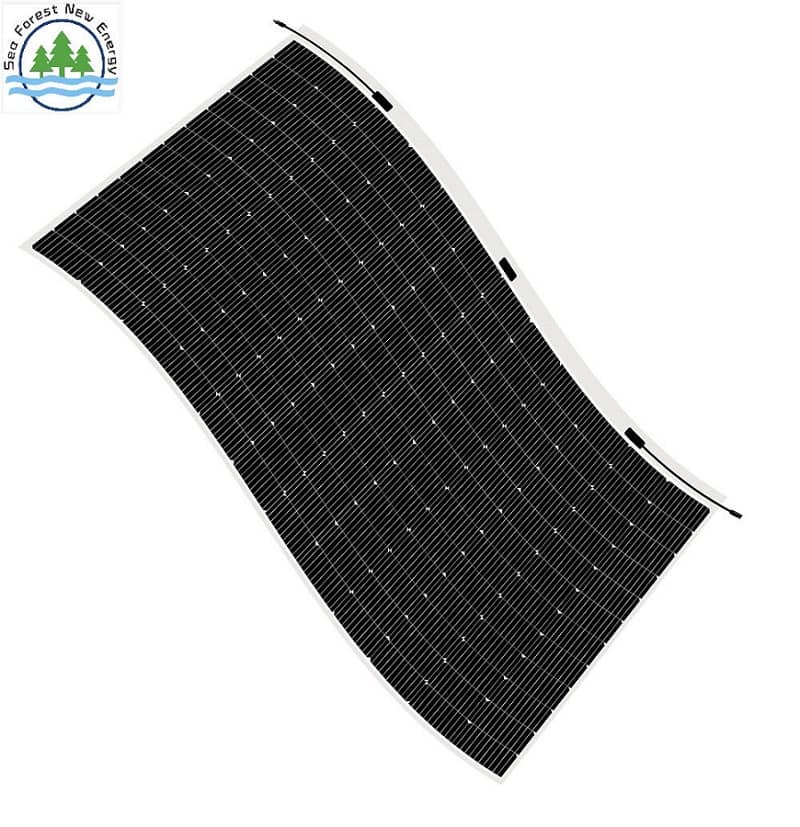-
お電話ください
T. : 0086-592-5657925
M. : 0086-1360-6089-112
-
私達に電子メールを送り
-
Skype
T. : 0086-592-5657925
M. : 0086-1360-6089-112
Electricity Retailers + Virtual Power Plants: The Golden Duo for Energy Transition
Original | New Energy Power Exchange | April 1, 2025, 16:37
Electricity Retailers + Virtual Power Plants: The Golden Duo for Energy Transition
Original | New Energy Power Exchange | April 1, 2025, 16:37
1. Why Must It Be "Electricity Retailers + Virtual Power Plants"?
1.1 Resource Aggregation: Solving the Fragmentation Challenge of Distributed Resources
• Core Logic:
◦ In power systems where renewables exceed 40%, real-time balancing is needed to manage the volatility of wind and solar.
◦ Dispersed resources with varying ownership and control protocols render traditional dispatch models ineffective.
• Case Study: CATL's "Energy Storage Cloud" Initiative:
◦ Model: Partners with private electricity retailers to integrate 1.2 million EVs (total capacity: 6GWh), monitoring vehicle status in real time.
◦ Tech: Vehicle-to-grid (V2G) Protocol 3.0 limits single discharge to ≤20% (ensuring user range).
◦ Results: Provides 500MW instant peak-shaving capacity for Zhejiang's grid in 2025, with EV owners earning ¥2,300/year and battery degradation <0.5%.
1.2 Dynamic Optimization: The Key Tool for Resolving "Supply-Demand Spatiotemporal Mismatches"
• Core Logic:
◦ Renewable output and load demand are misaligned in time and space (e.g., midday solar peak in Northwest China vs. low afternoon demand in coastal regions).
• Case Study: Tesla South Australia Virtual Power Plant (2025 Upgrade):
◦ Model: Collaborates with AGL to expand home battery systems to 12,000 households (total capacity: 360MWh).
◦ Tech: Autobidder algorithm + weather forecasting pre-charges/discharges batteries to balance fluctuations.
◦ Results: Solar curtailment drops from 4.7% to 0.9%, household bills cut by 40%, and payback period shortened to 4.8 years.
1.3 Market Participation: Unlocking the Commercial Value of "Dormant Resources"
• Core Logic:
◦ Distributed resources face high standalone transaction costs; retailers aggregate them via VPPs for bundled trading.
• Case Study: Tencent Cloud "Energy OS" Empowering Guangdong Retailers:
◦ Model: AI trading engine integrates 800MW of distributed resources, optimizing





